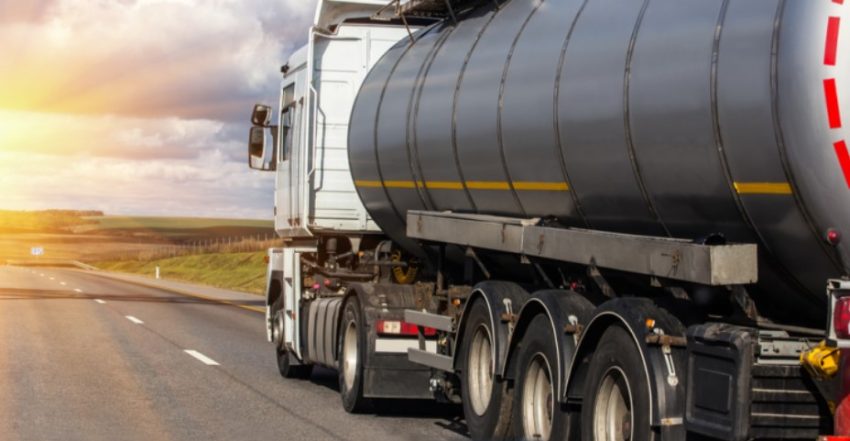Divine Enterprises Inc. specializes in the secure transportation of hazardous substances, employing cutting-edge technology and stringent safety protocols to ensure adherence to regulations and safe delivery across the United States and Canada.
Hazardous materials are classified as those that, if mishandled, pose a potential risk to individuals, property, or the environment. Typically, there are five categories of hazardous materials, which include flammable, explosive, toxic, corrosive, and reactive substances. Each category necessitates distinct handling, storage, and transportation protocols to mitigate the associated dangers. Understanding these classifications aids in the formulation of customized safety protocols.
In the intricate landscape of transporting hazardous materials throughout the continental United States and Canada, selecting the appropriate logistics partner is essential. Divine Enterprises Inc. stands as a well-established transportation firm with extensive experience in delivering qualified freight transport services. With a focus on safe and dependable logistics solutions, Divine Enterprises guarantees that your hazardous materials are managed with the highest level of care and expertise, fulfilling all regulatory mandates and safety standards. Rely on us to transport your cargo securely and efficiently, wherever it may need to go. Read more information.
Laws and Regulations for Transportation
The transfer of hazardous chemicals is subject to stringent regulations globally. Key regulatory frameworks include the International Maritime Dangerous Goods (IMDG) Code, the US Department of Transportation (DOT) regulations, and the European Agreement concerning the International Carriage of Dangerous Goods by Road (ADR). These regulations stipulate packaging, labeling, and handling procedures to ensure transportation safety, continuously updated to address emerging challenges.
Hazardous Chemicals: Transportation Best Practices
Advanced Packaging and Container Technologies
With technological progress, packaging and containers for hazardous substances are also evolving. Innovations such as double-walled containers and chemically resistant materials are becoming standard. Beyond leak prevention, these technological advancements also shield the contents from environmental conditions that may provoke a hazardous reaction. For instance, the introduction of smart containers equipped with pressure-release valves and corrosion-resistant coatings provides an additional layer of protection.
How Technology Has Been Employed in the Transportation Sector
State-of-the-art modern hazardous material transportation systems leverage various technologies that significantly enhance safety and efficiency in the handling and movement of these substances. Among these are IoT sensors that monitor conditions in real time, including temperature, humidity, and chemical stability, which promptly alert logistics operators to potential safety concerns. GPS tracking and real-time monitoring systems ensure that vehicles are directed in the safest and most effective manner possible. Such systems facilitate immediate responses in case of emergencies or the deployment of emergency services for re-routing.
Training and Safety Protocols for Personnel
Design and Integration of Safety Protocols
Safety procedures ought to be established not only to guarantee the secure transport of the chemicals themselves, but also to outline emergency response strategies. This may additionally involve the routine assessment of risks and the implementation of more stringent measures for spill containment. For example, a well-structured emergency strategy does not merely provide information on how to contain a spill but also involves local emergency services and community alert notifications in an effort to minimize impacts on public safety and the environment.
Training and Certification of Handlers
Hazardous substances necessitate a certain degree of expertise. Therefore, individuals responsible for the transportation of such materials require comprehensive training and certification in accordance with legal standards. The training domains in which employees should be proficient include material handling, emergency preparedness, and safety measures. Regular refresher courses are essential to keep all employees informed about the latest safety practices and regulations.
FAQ and Answers
- What are the most prevalent hazards when transporting hazardous chemicals?
The primary potential dangers encompass spillages, accidental reactions, and exposures that could lead to fires, explosions, environmental harm, and health risks. - In what manner is technology utilized to reduce the risks associated with the transportation of hazardous substances?
In conjunction with technology, real-time monitoring of the transport environment and cargo conditions becomes feasible, thereby contributing to the management of potential risks. - What should transporters of hazardous materials be fully aware of regarding legal requirements?
Transporters must comply with local, national, and international regulations, including documentation, vehicle specifications, and driver qualifications. - How often should training and protocols be revised to ensure safety?
Safety protocols and training should be evaluated and updated annually, or as needed, taking into account significant shifts in regulations, incidents, or technological progress. - How can firms ensure compliance with comprehensive safety regulations?
Regular audits, ongoing training programs, and remaining informed about regulatory changes are of utmost importance.
The integration of these advanced technologies and rigorous safety procedures continues to drive safety and efficiency in the transportation of chemically hazardous materials, thereby safeguarding humanity and the environment at large.
